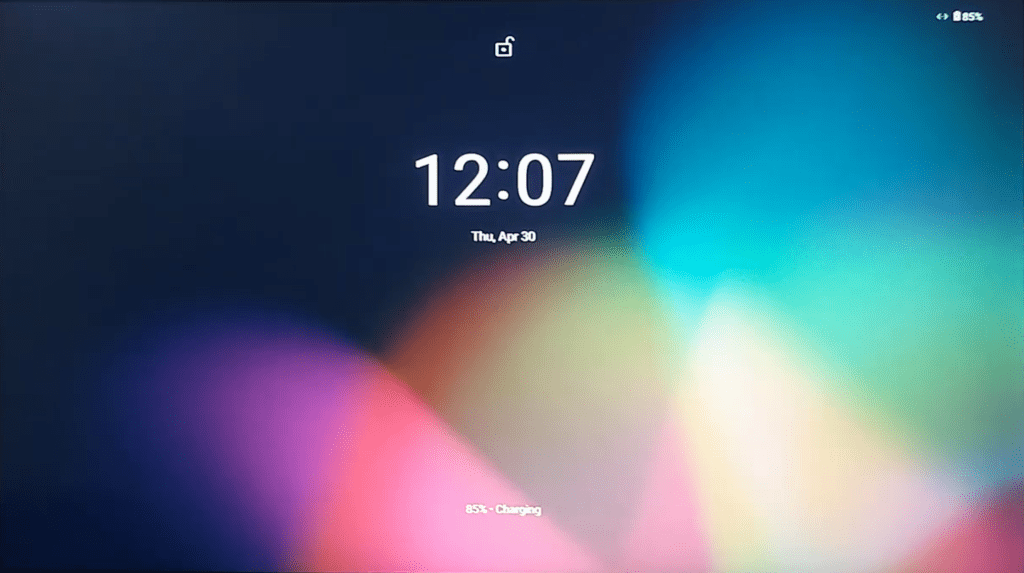An Android VM for ARMv8 (update)
This is a follow up on the current state of the An Android VM for ARMv8 line of work. The article explained how to build Android from source and how to execute Android as a virtual machine on Genode. We were able to boot Android successfully but still had issues with the camera and the audio devices.
As it turned out the reason was that these services are 32-bit instead of native 64-bit ARMv8. Even though, ARMv8 supports both modes, special support within the VMM to handle 32-bit ARM on 64-bit ARM (i.e., aarch32) correctly is required. Bit mode changes are only allowed between privilege mode switches and have to be explicitly enabled for each mode through the PFR0 identity register (note: identity registers are comparable to x86's cpuid). Additionally, a switch to 32-bit mode enables the aarch32 instructions set, therefore accesses to the co-processor (e.g., mrc, mcr) have to be either allowed or emulated by the VMM. We did just this within our VMM and were able to boot Android through to the boot screen. To say the least, the performance was horrible, some parts where not even displayed, the wallpaper would vanish etc. After some investigation we found that the GPU was not able to allocate enough objects (i.e., buffer objects) to display everything correctly. We had given Android 1GB of memory, but it seems that these days this is not sufficient. Therefore, we expanded the VM's memory to 2GB and everything worked perfectly from there on.
As a proof of concept we made a small Android-Q VM bootstrap video. The laptop on the left displays the serial output of both the Linux kernel and Genode. Right next to it is our i.MX8 development board, connected to a full HD screen. In the demo the board fetches a Genode image via network which contains Genode's basic services, the Linux kernel, a device tree as well as Android's initial ramdisk. The ramdisk in turn will mount all the Android required partitions from the SD card directly (pass-through). Currently, Genode's VMM only supports one VCPU, which makes the bootup a little slower, we will address this next, but the overall performance is promising even for a single core scenario.
Youtube video link: Genode booting Android Q on ARM64

|
My Genode Android branch can be found here.
Cheers!


 Sebastian Sumpf
Sebastian Sumpf